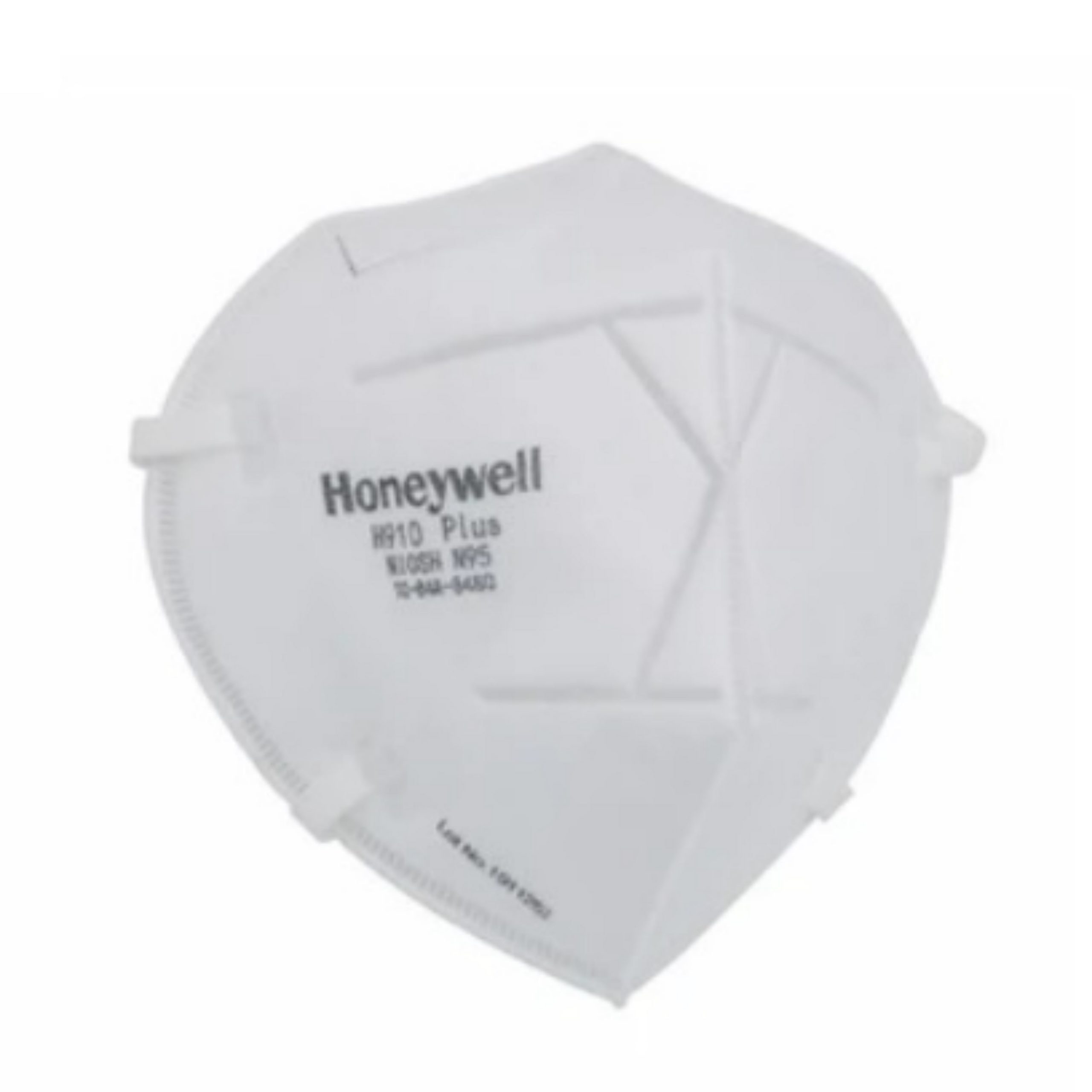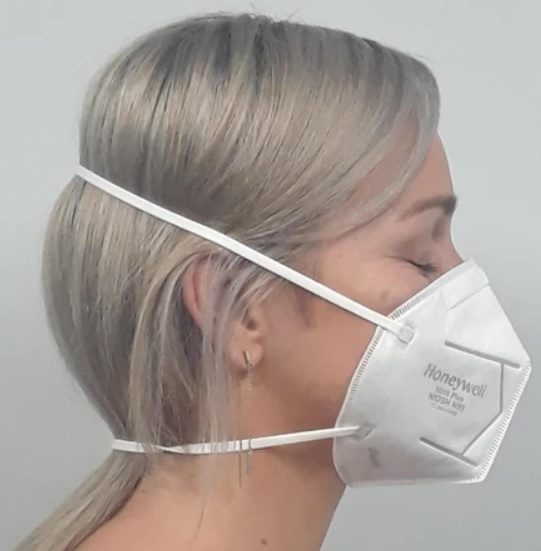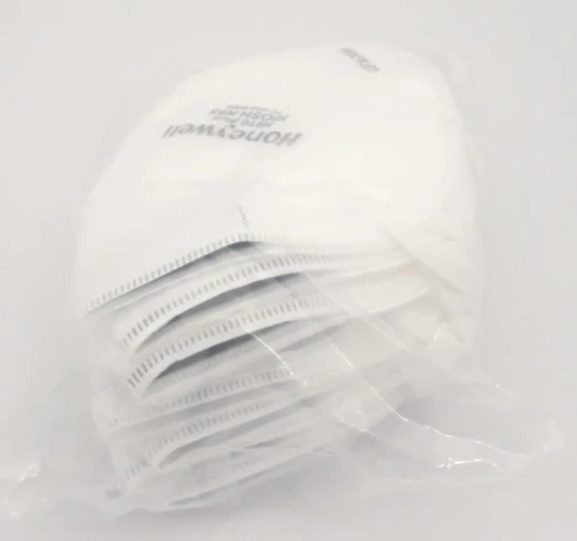- Contactless Click & Collect
- Fast Shipping
- 100% NZ Owned & Operated
- Bulk Buying Discounts
Finding reliable masks online can be tricky. Here are tips that can help
As the delta variant spreads, some governments, schools and offices are recommending mask use again
If you live in an area where the delta variant is spreading fast — and that’s a lot of places now — the Centers for Disease Control and Prevention says you should keep wearing masks.
The problem is that while masks are much easier to come by than they were in the earliest days of the pandemic, reliably restocking your supply can still be trickier than it needs to be.
Keep an eye out for fakes
Counterfeit masks continue to pose problems for people — and organizations — trying to build up a supply of reliable masks.
If you’re shopping in a sprawling online marketplace, be wary of listings that specifically refer to themselves as being “legitimate” or “genuine,” and keep tabs on prices — big fluctuations or curiously good deals could be a sign of something fishy. And if you’re looking at products from independent online mask retailers, be sure to check for typos, broken links and strange-looking URLs, as these could be signs you’re actually looking at a fly-by-night operation.
Despite some serious sleuthing, it’s not impossible for fake masks to slip through the cracks and land on your doorstep. Thankfully, some maskmakers offer tools to help you confirm your purchases are the real deal.

It doesn’t work for all of their masks, but 3M’s SafeGuard tool can sometimes help verify the legitimacy of masks. (Screenshot from 3M website)
Why some experts recommend upgrading to N95 masks to help fight the delta variant
“Delta is so contagious that when we talk about masks, I don’t think we should just talk about masks,” Scott Gottlieb, former commissioner of the Food and Drug Administration, said during CBS’s “Face the Nation.” “I think we should be talking about high-quality masks,” such as N95 respirators.
In an interview with The Washington Post, Monica Gandhi, a professor of medicine and an infectious-disease expert at the University of California at San Francisco, expressed a similar sentiment: “We can’t say we’re going back to masks without discussing type of mask.”
Vaccinations, experts emphasized, remain the first line of defense against the coronavirus.“Far and away the best prevention we have are still the vaccines,” said Paul Sax, clinical director of the Division of Infectious Diseases at Brigham and Women’s Hospital in Boston. “All of these things pale in comparison to getting the remaining people who are eligible for vaccination vaccinated.”
The efficacy of a mask is based on its material and fit. Medical-grade respirators, such as N95 masks, can provide greater protection from infectious coronavirus particles than surgical masks or cloth masks, said Linsey Marr, an aerosol expert at Virginia Tech who studies airborne virus transmission.
Not all mask are created equal
And because the delta variant is much more easily transmissible than previously circulating strains of the coronavirus, “we really need highly protective masks along with everything else,” Marr said. “Where a simple cloth mask was helpful before, it’s not helpful enough now,” particularly for people who remain unvaccinated.
The woven material of many cloth masks isn’t as effective at filtering particles as the nonwoven, meltblown polypropylene used to make surgical masks and respirators, Marr said. And properly worn N95s have a leg up on standard surgical masks because they are designed to fit snugly to the face — which allows them to filter at least 95 percent of airborne particulates.
“A surgical mask is just a rectangle and you’re trying to pull it to your face,” she said. “Obviously, our faces aren’t in the shape of a flat rectangle, so you inevitably end up with lots of leaks.”
Fit and mask care matter
It’s also critical to wear N95s properly, experts said: There should be no gaps between the edges of the mask and your face. To test the seal of your mask, Marr suggested putting on your mask and cupping your hands around it to hold the edges down. If breathing becomes noticeably more difficult, that’s a sign that the mask likely isn’t well-fitted. People who wear glasses can also gauge if their mask is leaky by how much their lenses fog up, Cappa said.
When handling your mask, try to avoid touching the front and make sure to wash or sanitize your hands after, Marr said.
Some people are more at risk
Switching to an N95 mask may especially be a goodidea for more vulnerable people, experts said. This includes the unvaccinated as well as those who are vaccinated but may still be at increased risk, Sax said, such as the elderly and the immunocompromised or people with multiple medical problems. “If they need to be in settings where they’re mixing with unvaccinated people or they don’t know the vaccination status, then upgrading their mask is very reasonable.”
Activities and surroundings matter
Although mask debates are once again moving to the forefront of public attention, Sax said, the conversation should center on other factors that affect the spread of the coronavirus.
“A lot of the focus on transmission should shift not so much to the mask-wearing or not mask-wearing, but the activities” people are doing, Sax said, such as dining indoors or holding parties.
These are the settings where transmission is happening, especially if there is crowding or the ventilation is poor, he said. “And that’s occurring even more efficiently with the delta variant.”



